A new machine learning algorithm that can rapidly pinpoint the location of a neutron star merger using gravitational wave signals alone.


A new machine learning algorithm that can rapidly pinpoint the location of a neutron star merger using gravitational wave signals alone.

Scientists assume that inflation was driven by hypothetical inflaton particles, which scientists think could be the Higgs boson.
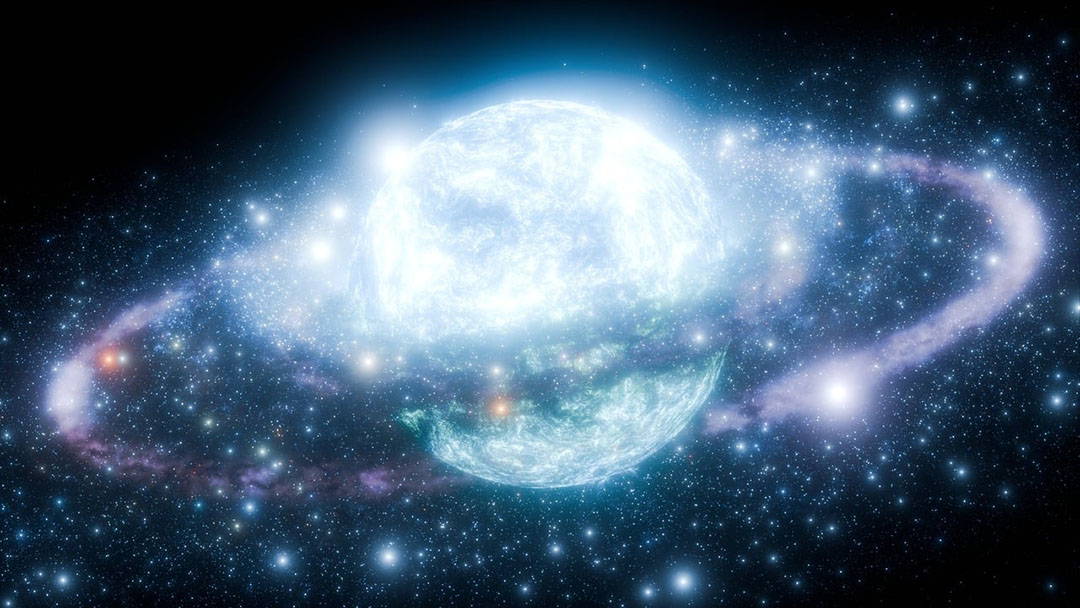
Scientists figure out how different factors, like temperature, density, and pressure, relate to each other in the matter inside neutron stars.
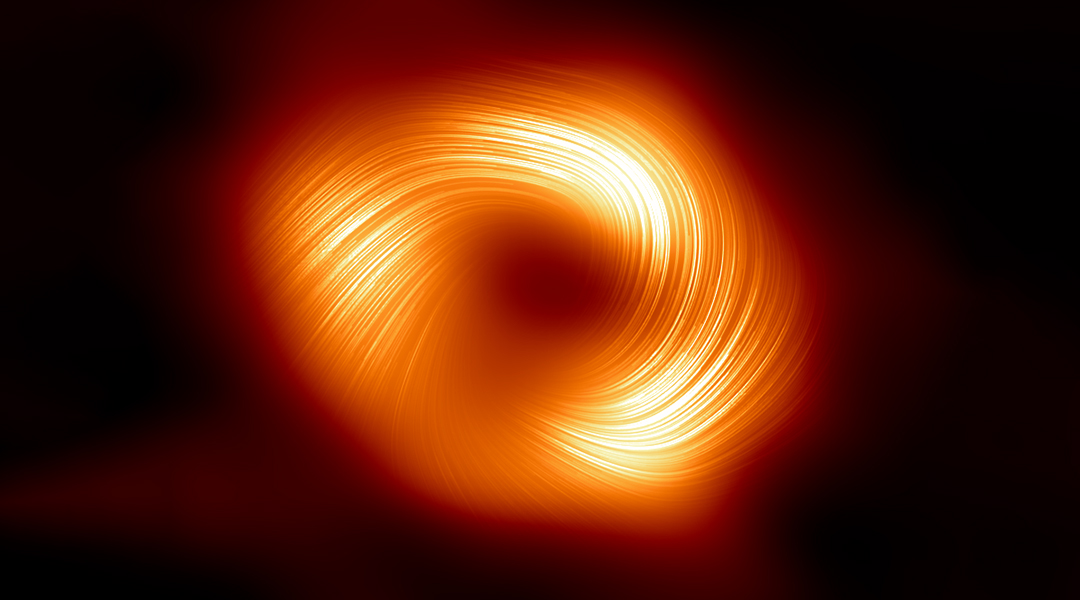
Images of the supermassive black holes wouldn’t have been possible if mimetic gravity was the right recipe for gravity.

Scientists theorize that cosmic strings interacting with dense matter in the early universe provided the seeds for galaxies and black holes.
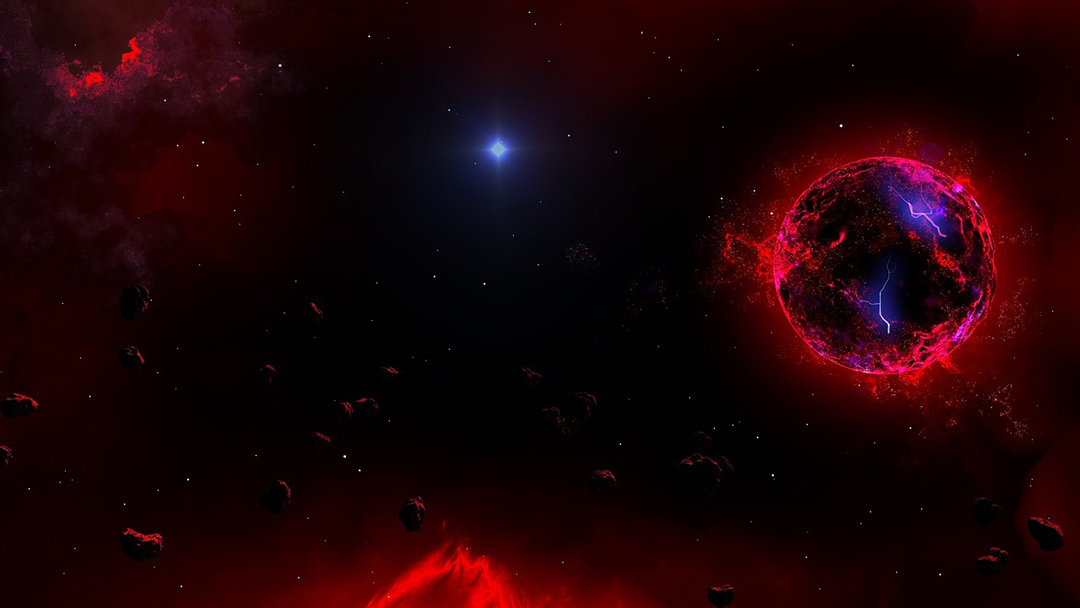
Could neutron stars hold the key to observing dark matter? Researchers believe studying them might one day reveal this elusive substance.
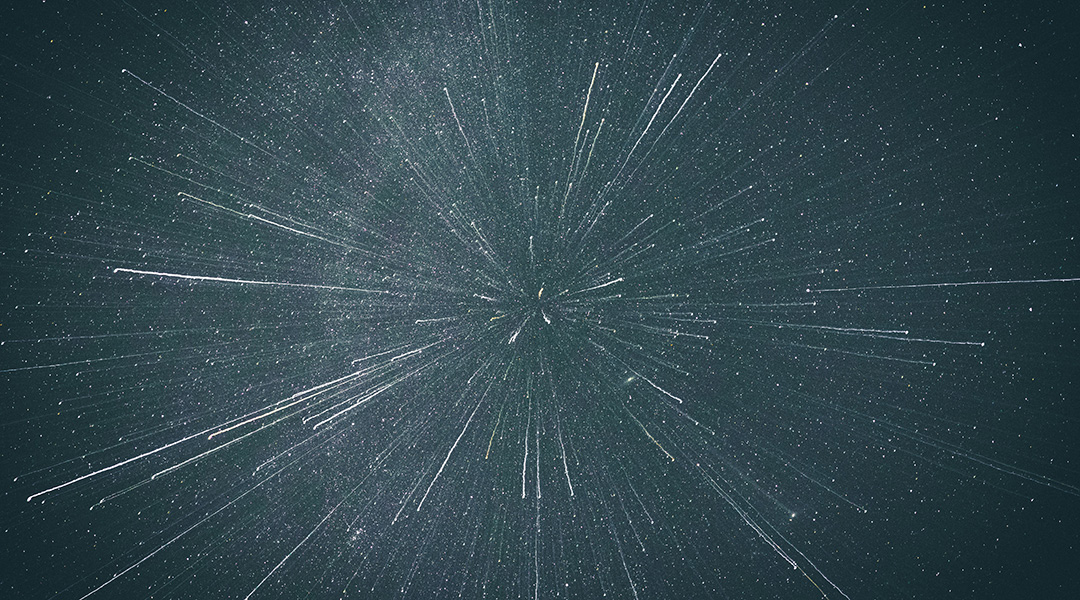
By adding primordial magnetic fields to the Standard Model, researchers may solve the mystery of the Universe’s expansion.
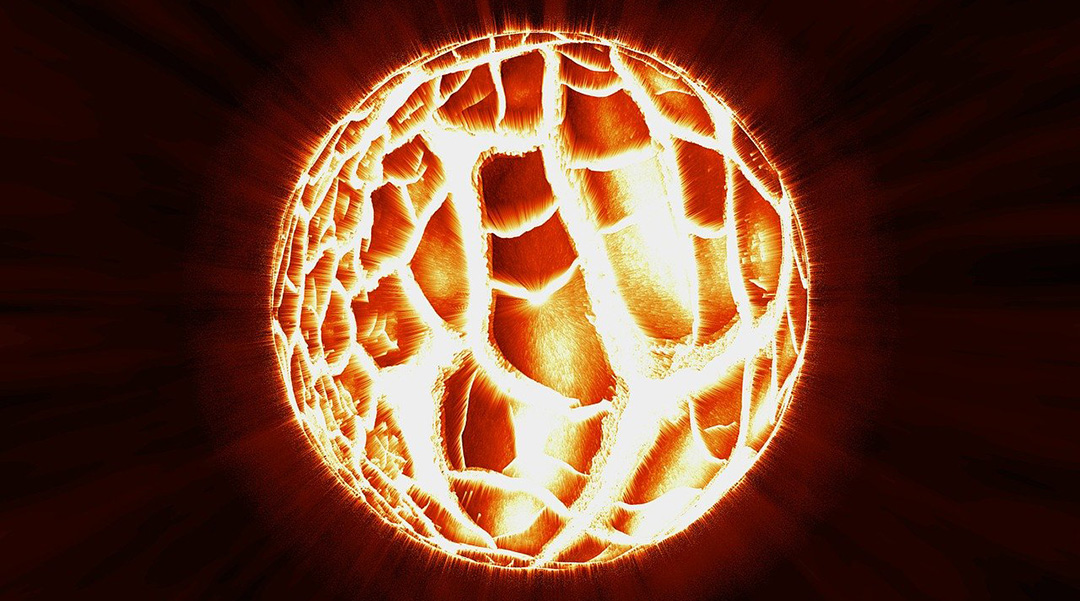
Massive neutron stars have such enormous pressure in their cores that neutrons residing there lose their integrity and become a new type of matter.
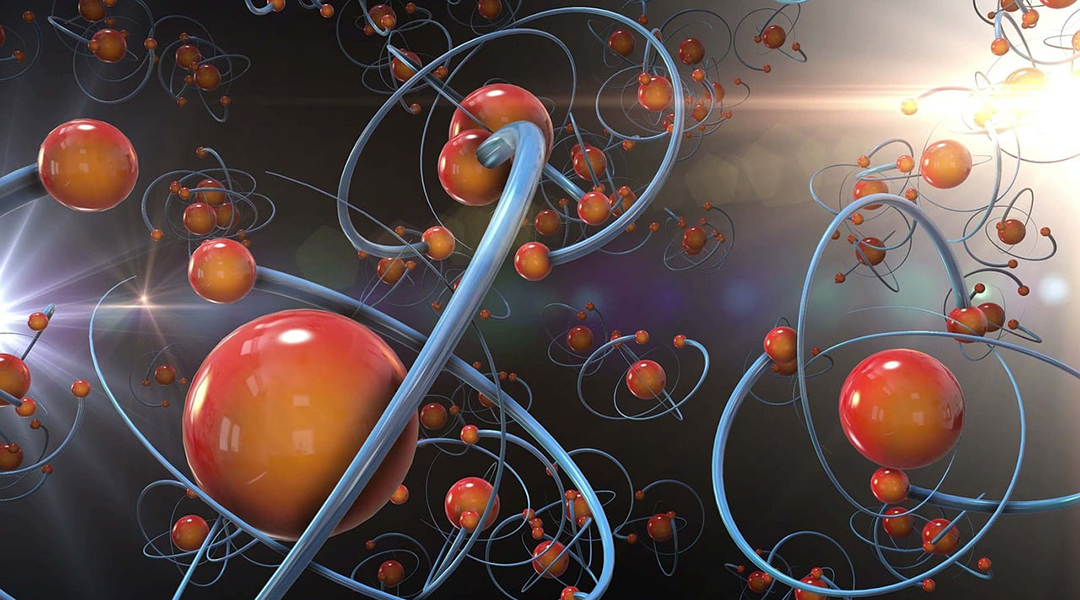
Even a well-established theory like the Standard Model is not accurate all the time, and there are phenomena that defy its predictions.
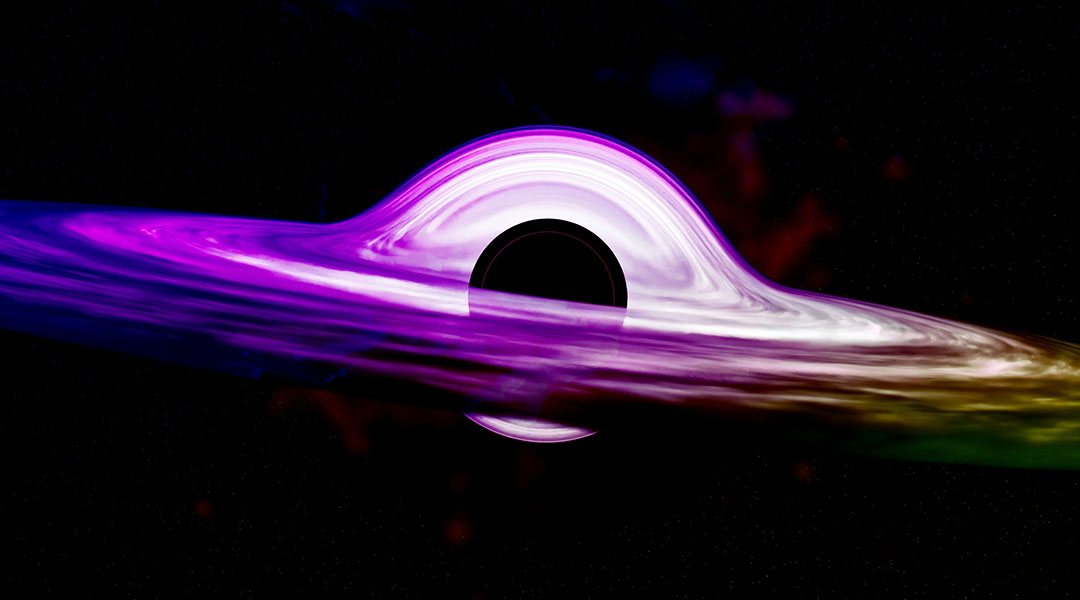
Dark matter could be aggregating around black holes, providing a possible means of indirectly measuring its properties.